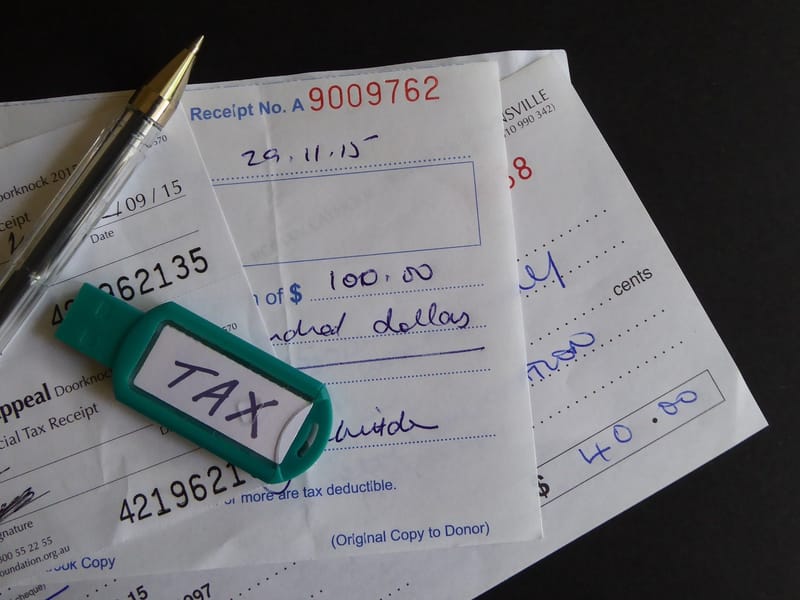Section 179 Deduction

How does the Section 179 deduction affect my business taxes?
There are basically three ways to treat your business expenses in order to reduce your taxable income. Some expenses are for supplies and other items that are – or could be – used up within a year’s time. These can be treated as a business expense and get deducted in total on your income tax return.
Bigger-ticket items such as computers, equipment vehicles and buildings – virtually anything that can’t be used up in year – are considered capital expenses; since their lifespan is longer, it takes longer to recoup their cost. Depreciation does just that, spreading the item’s cost as a deduction over its expected lifespan.
And then there’s the Section 179 deduction.
When can I claim the Section 179 deduction?
Section 179 allows businesses to deduct the expense of some assets – all of it – in the first year of use. Not all property qualifies for Section 179, but what doesn’t can usually be deducted through depreciation. But that takes time; the shortest term for depreciation of an asset is 3 years. With Section 179, it’s one year and done.
To qualify, the asset must be purchased and be acquired for business use. While you can claim a Section 179 deduction for most kinds of property or assets, there are some types of assets that don’t qualify:
- Real property – Buildings, land and land improvements (this includes swimming pools, paved parking areas, docks, bridges and fences)
- Air conditioning and heating equipment
- Property used outside the U.S.
- Property used to furnish lodging
- Property acquired by gift or inheritance, or purchased from related parties
- Any property that isn’t considered to be personal property may not qualify.
Property that does qualify includes:
- Equipment purchased for business use
- Tangible personal property used in business
- Computers and off-the-shelf software
- Office furniture and office equipment
Business vehicles can also qualify if they have a weight of over 6,000 pounds (other limits may apply).
Whatever you deduct through Section 179, you must use the property or asset at least 50% of its life for business purposes. If personal use exceeds the 50% cap, you’ll have to depreciate the item instead.
What are the limits for the Section 179 deduction?
The Section 179 limits were increased substantially in recent years. There’s an annual dollar limit for how much expense you can claim with the Section 179 deduction. For 2020, the total amount you can use for the Section 179 deduction is $1,040,000. This cap is reduced dollar-for-dollar by the amount exceeding a certain amount each year. For 2020, that amount is $2,590,000.
What happens if an asset drops during its recovery period?
If business use of an asset drops below 50% during its recovery period (the depreciation life span of the asset) you may have to recapture the Section 179 deduction. In effect, you would have to give back the deduction by listing it as ordinary income on Form 4797.
Let’s get your taxes done the simple way—file with Tax Office & Associates™!
Tax Office & Associates™ takes the struggle out of filing your taxes. Call us today and we’ll help you get started!


